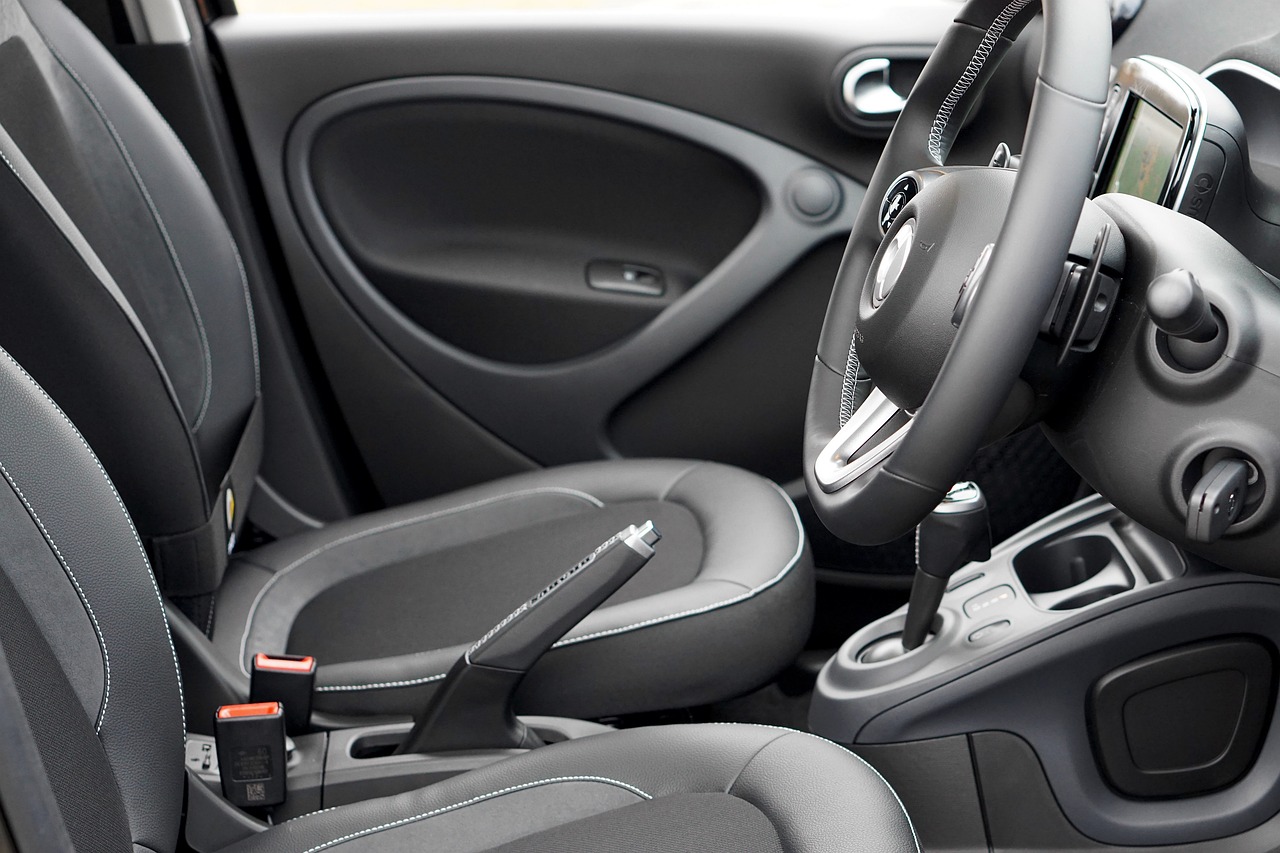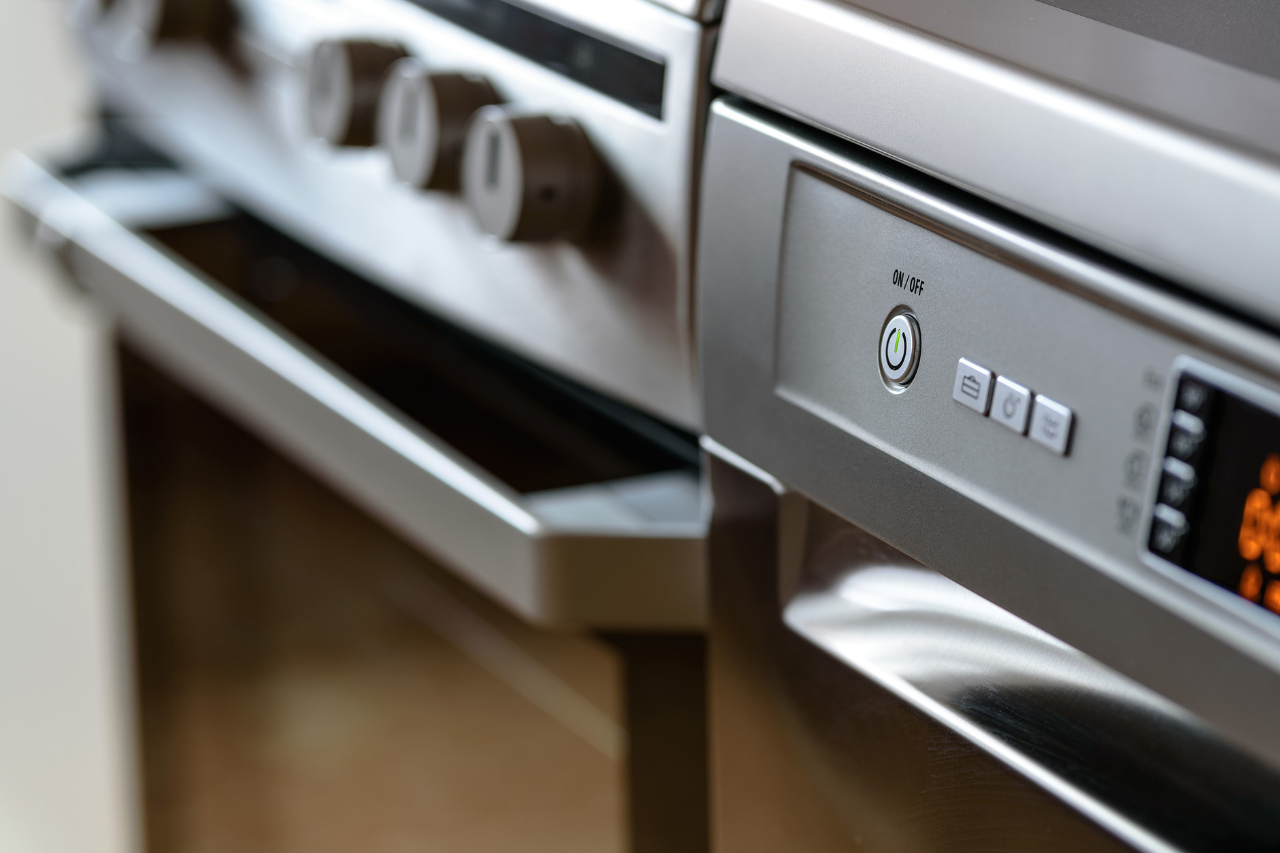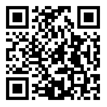The servo motor can control the speed, the position accuracy is very accurate, and the voltage signal can be converted into torque and speed to drive the control object. The rotor speed of the servo motor is controlled by the input signal and can respond quickly. In the automatic control system, it is used as an executive element, and has the characteristics of small electromechanical time constant and high linearity, which can convert the received electrical signal into the motor shaft. angular displacement or angular velocity output. It is divided into two categories: DC and AC servo motors. Its main feature is that when the signal voltage is zero, there is no rotation phenomenon, and the speed decreases uniformly with the increase of torque. |
The series motor is mainly composed of three parts: stator, rotor and bracket. The stator is composed of salient pole iron core and excitation winding, and the rotor is composed of hidden pole iron core, armature winding, commutator and rotating shaft. A series circuit is formed between the excitation winding and the armature winding through brushes and commutators. The series motor has the advantages of high speed, small size, light weight and convenient speed regulation, so it is used as the power source in most electric tools. It is widely used in power tools, garden tools, kitchen appliances and other product fields based on its features such as wide adjustable speed range, large starting torque, simple maintenance and low cost. Single-phase series motors have frequent starting, high speed, large vibration, uneven load, etc., so higher requirements are put forward in terms of manufacturing quality. |
The DC brushless motor consists of a motor body and a driver, and is a typical mechatronic product. The stator winding of the motor is mostly made into a three-phase symmetrical star connection, and it runs in a self-controlled manner, without adding a starting winding to the rotor, and will not produce oscillation and out-of-step when the load is abruptly changed. Magnetized neodymium iron boron or samarium cobalt permanent magnets are attached to the rotor of the motor. In order to detect the polarity of the motor rotor, a position sensor is installed in the motor. The driver is composed of power electronic devices and integrated circuits, etc. Its main function is to accept the start, stop, and brake signals of the motor, control and adjust the speed, provide protection and display, etc. The DC brushless motor has the advantages of small size, light weight, large output, low noise, low vibration, smooth operation, good overall stability, high reliability, strong adaptability, long service life, simple maintenance and maintenance, and no sparks during operation. With explosion-proof performance. |
DC brushless motors are widely used, mainly in automobiles, tools, industrial control, automation, aerospace and other equipment. In general, DC brushless motors can be divided into the following three main uses:
Continuous load applications: mainly in areas that require a certain speed but do not require high speed accuracy, such as applications such as fans, water pumps, and hair dryers, which have low cost and are mostly open-loop control.
Variable load application: It is mainly an application where the speed needs to be changed within a certain range, and there is a higher demand for the motor speed characteristics and dynamic response time characteristics. Such as household appliances, dryers and compressors, oil pump control, electrical controller, engine control, etc. in the automotive industry, the system cost of such applications is relatively higher.
Positioning application: It is basically suitable for industrial control and automatic control. In this type of application, energy transmission will be completed, and there are high requirements for the dynamic response of speed, torque and controller. At the same time, the speed measurement may be configured according to the actual function. Optoelectronics and some synchronizing equipment, process control, mechanical control and transportation control are all such applications.
The practical new brushless motor is closely related to the development of electronic technology, microelectronics technology, digital technology, automatic control technology and material science. It is not limited to the field of AC and DC, but also involves fields such as electric power, power generation, energy conversion and signal sensing. The variety and application of new brushless motors in the motor field are wide, but the brushless motors with excellent performance are not widely used due to the limitation of market prices, and are still in a state of continuous development.









